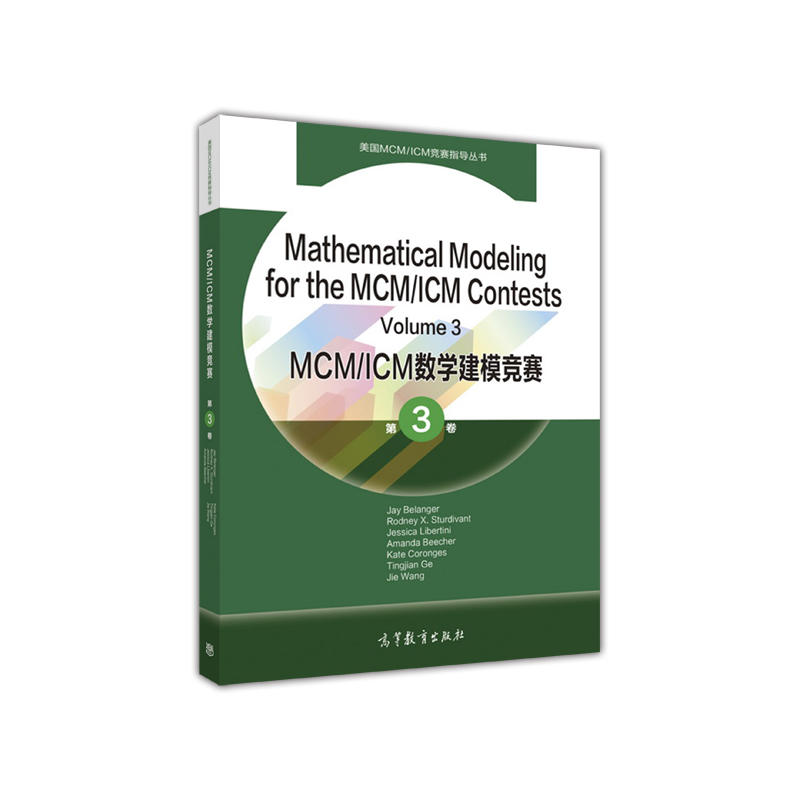- ISBN:9787040491210
- 装帧:一般胶版纸
- 册数:暂无
- 重量:暂无
- 开本:32开
- 页数:253页
- 出版时间:2018-01-01
- 条形码:9787040491210 ; 978-7-04-049121-0
内容简介
Jay Belanger、Rodney X.Sturdivant、Jessica Libertini、Amanda Beecher、Kate Coronges等著的《MCM\ICM数学建模竞赛(第3卷)(英文版)》由美国大学生数学建模竞赛(MCM/ICM)评委亲自编写,竞赛主席做序并推荐。书中对竞赛题目分析清晰透彻,对Outstanding Winners论文点评言简意赅,英文流畅纯正,表述简明易懂,读者可以从中深刻体会竞赛的主旨以及竞赛问题的精髓。本书共包括8章,第1章以简短的篇幅介绍了如何写出一篇优秀的论文,第2—7章分别为2016年MCM/ICM竞赛6个题目的分析、点评与解答:热水澡(A Hot Batt])、太空垃圾(Space Junk)、分配教育基金(The Goodgrant Challenge)、衡量社会信息网络的演变和影响(Measuring the evolution and Influence in Society's Information Networks)、我们正在走向一个干旱的星球?(Are We HeadingTowards a Thirsty Planet?)以及难民移民政策建模(Modeling Refugee Immigration Policies)。第8章通过数学建模研究当前的热点问题,本卷讨论的问题是如何处理大数据流缺失的数据。本书实用性强,可供参加美国大学生数学建模竞赛的读者参考使用。读者既可以了解掌握各种建模方法,也可以培养用英文进行写作与思考。
目录
-

勒维特之星-大发现系列丛书
¥4.0¥16.0 -

喜马拉雅山珍稀鸟类图鉴
¥27.2¥68.0 -

昆虫的生存之道
¥12.2¥38.0 -

昆虫采集制作及主要目科简易识别手册
¥15.0¥50.0 -

古文诗词中的地球与环境事件
¥8.7¥28.0 -

声音简史
¥21.3¥52.0 -

不匹配的一对:动物王国的性别文化
¥16.7¥42.8 -

物理学之美-插图珍藏版
¥20.7¥69.0 -

现代物理学的概念和理论
¥18.4¥68.0 -

技术史入门
¥14.4¥48.0 -

几何原本
¥35.6¥93.6 -

改变世界的发现
¥15.4¥48.0 -

图说相对论(32开平装)
¥13.8¥46.0 -

数学的魅力;初等数学概念演绎
¥7.7¥22.0 -

星空探奇
¥14.0¥39.0 -

宇宙与人
¥10.5¥35.0 -

数学专题讲座
¥13.3¥29.0 -

袁隆平口述自传
¥19.9¥51.0 -

为了人人晓得相对论
¥3.9¥13.5 -

一代神话:哥本哈根学派
¥8.1¥15.5













